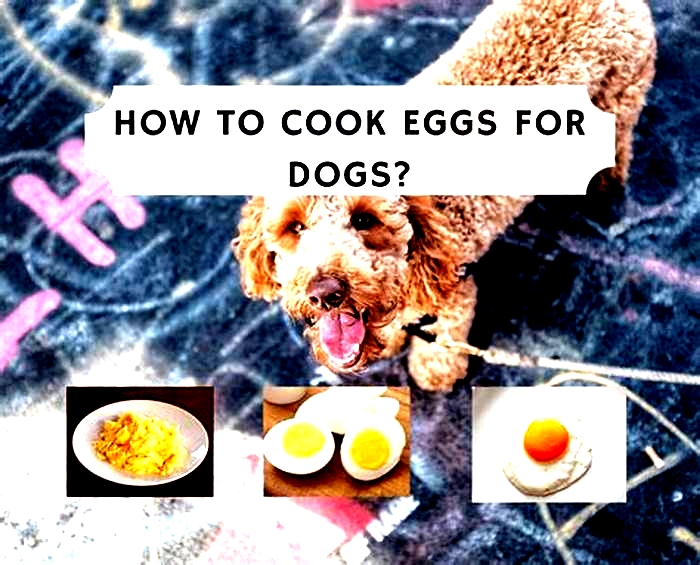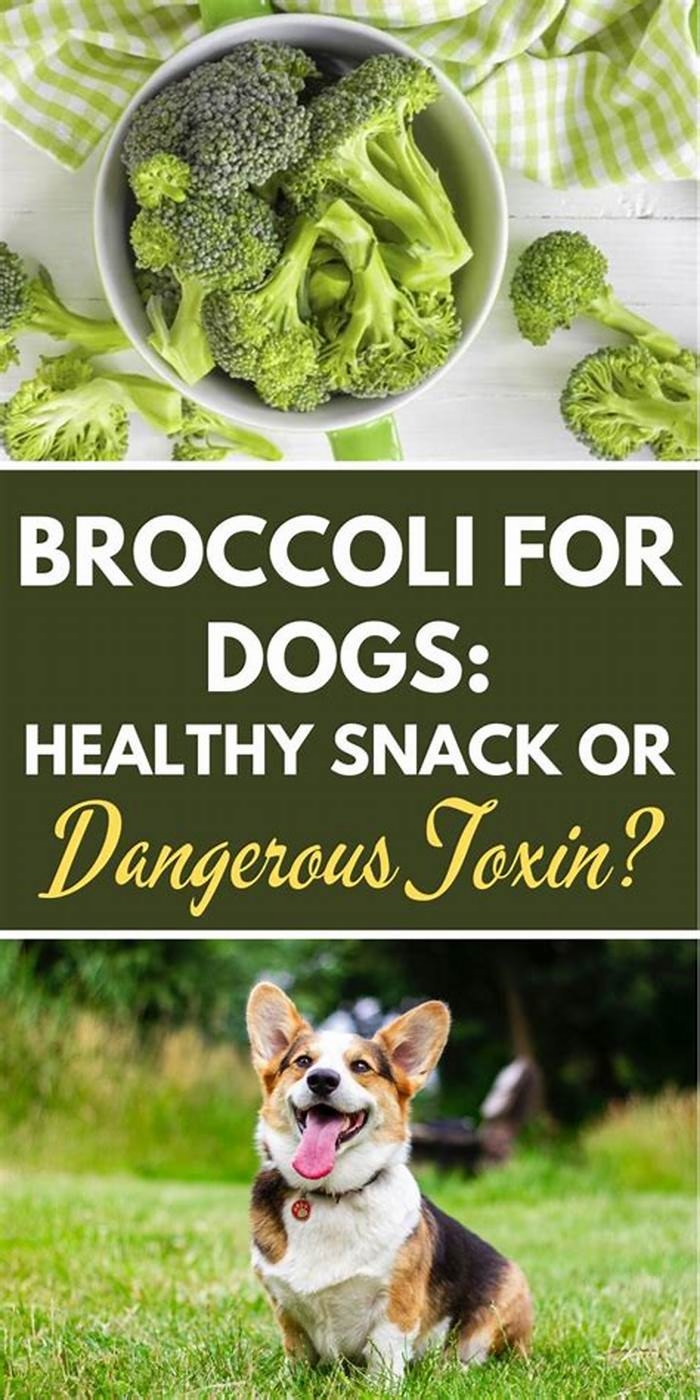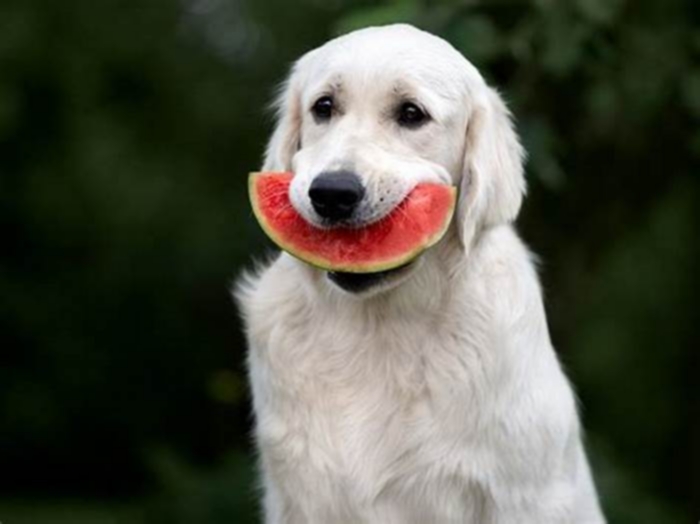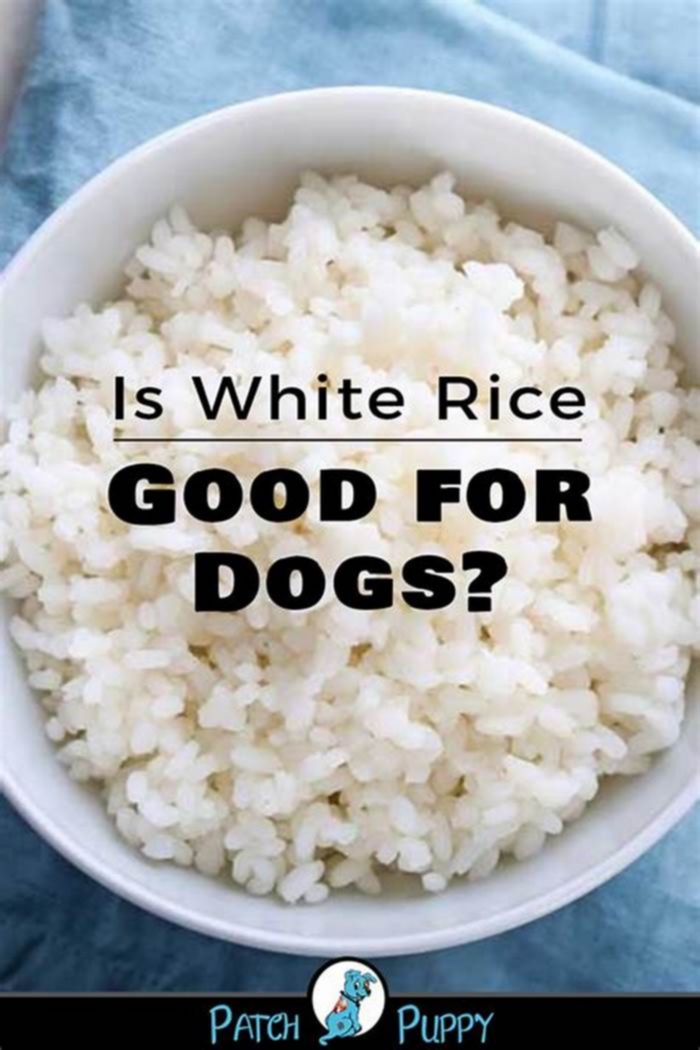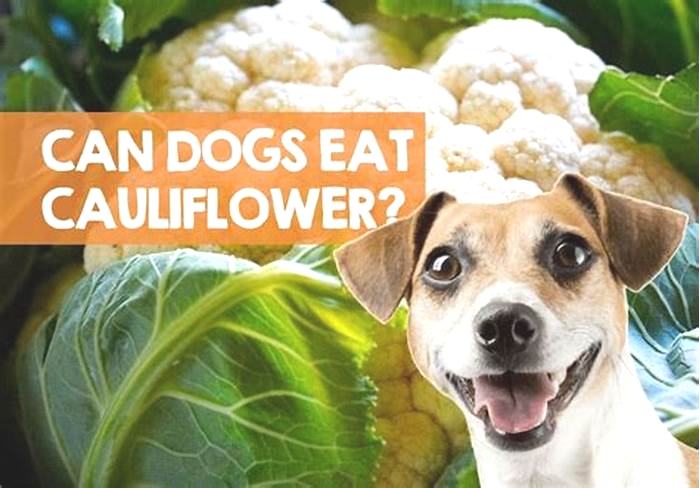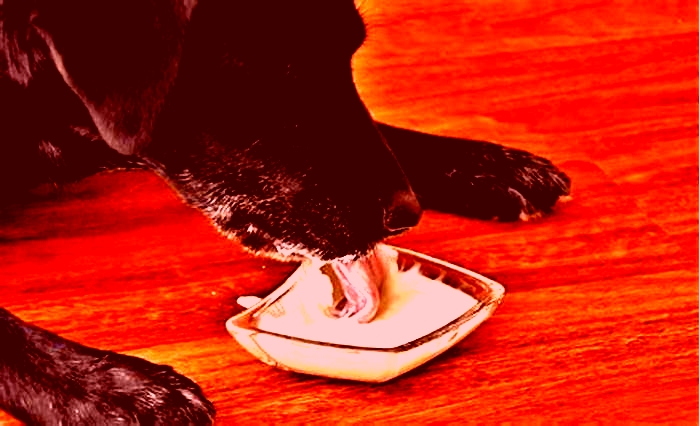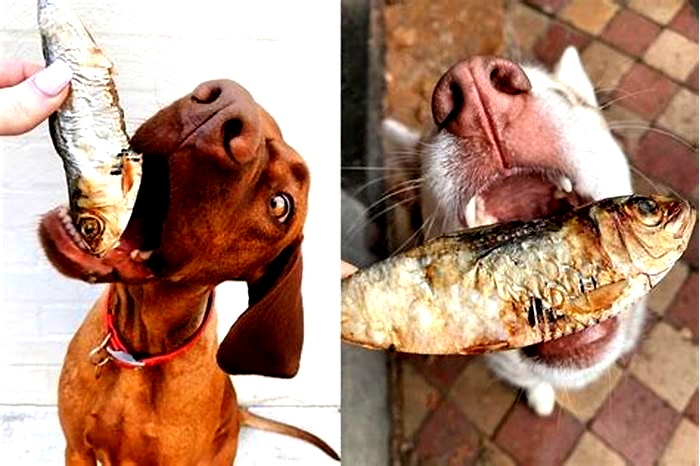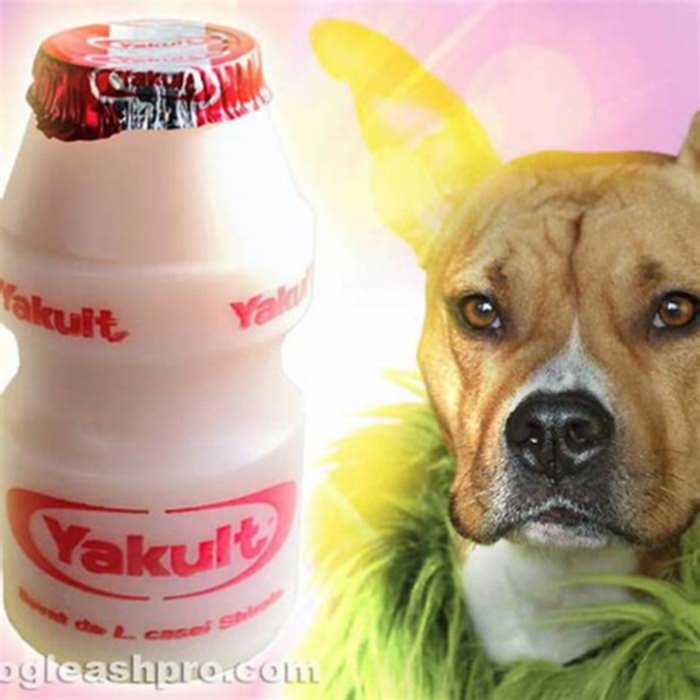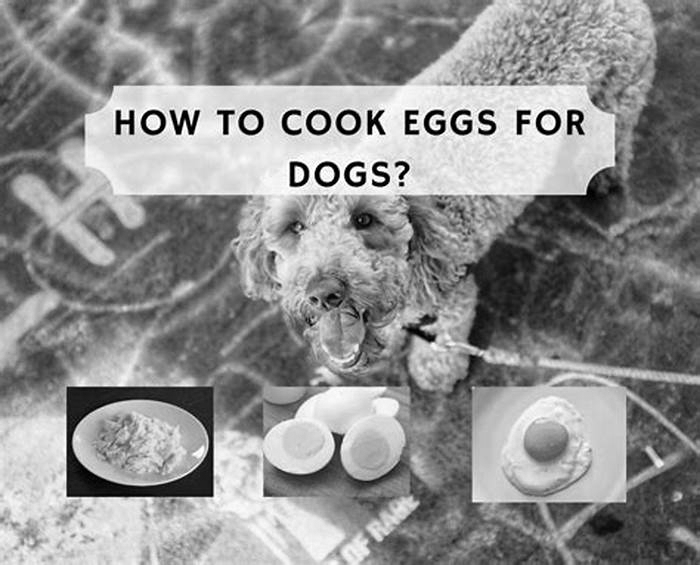Is low fat dog food good for dogs
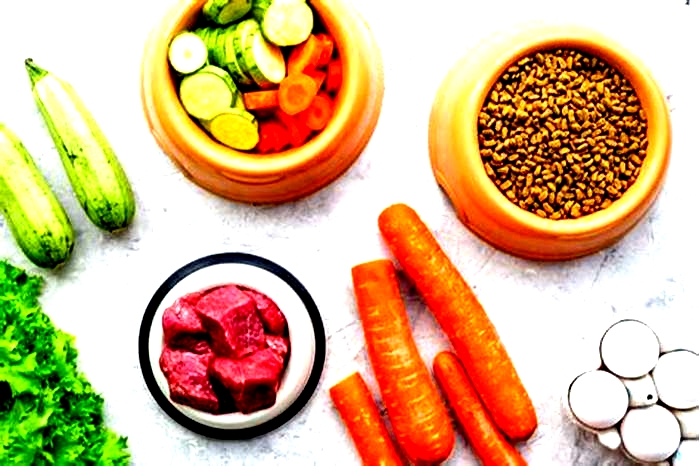
5 Best Low Fat Dog Foods (2024)
How to Choose the Best Low Fat Food for Dogs
Since dogs love food, it is the natural tendency of most owners to slip them a few extra treats every now and then. Unfortunately, this habit can quickly to lead to weight gain, and getting pounds off a dog is far harder then putting them on in the first place.
Unfortunately, even a modest weight gain can cause significant health problems in dogs. Excess weight can contribute to the development of more serious illnesses and can even alter the dogs lifespan. Thankfully, a commitment to daily exercise and a low-fat diet can help get Fido back in shape again.
Sadly, veterinary professionals indicate that as many as 60 percent of the pets they see carry excess weight with some of their patients falling within the category of obese. It is important for dogs that fall within these parameters to begin a program to remove excess pounds before their health is permanently impacted.
Among the health problems that can plague overweight or obese dogs are inflammation, type two diabetes, high blood pressure, heart disease, osteoarthritis, bladder stones, exercise intolerance, and more.
Though obesity is one of the most frequently seen problems in dogs, it can be treated with an excellent quality low-fat diet and moderate daily exercise. Once a healthy body weight is achieved, this body condition must be maintained for the dog to continue to enjoy improved health.
The best low-fat food for dogs can be a powerful help in achieving and maintaining a healthy body weight.
Choosing the Correct Calorie Count for Low-Fat Dog Foods
Low-fat foods are carefully crafted to ensure dogs remain satisfied even though the diet contains fewer calories. One of the most important elements of any low-fat food is that it remains extremely flavorful to encourage hearty eating. Through the use of lean proteins, low-fat diets can maintain a delicious taste while bulking up on fiber-rich vegetables to help dogs feel full on fewer calories.
Care must be taken to carefully measure the dogs food to ensure overeating does not occur. When feeding a low-fat diet, treats should be eliminated or at least severely restricted, so as not to interfere with weight loss efforts. Many owners like to set aside a portion of the dogs kibble to use as treats throughout the day.
To determine how much of the best low-fat food to feed a dog, it is a good idea to follow the suggested serving sizes found on the side of the bag. Use these as a starting point, making adjustments based on the dogs weight or visual appearance until the correct amount is found.
Do not use the dogs appetite as a guide as dogs who are overweight often do not understand when they have eaten a sufficient amount of food and will eat far beyond the point of satiation if permitted to do so. For dogs that regularly seem hungry in spite of adequate meals, choose instead to bulk up the dogs portions through the addition of fiber-rich, low-calorie vegetables such as canned pumpkin, green beans, or carrots.
Dietary Requirements for Low-Fat Dog Foods
It is very important when starting a dog on a low-fat food that the amount of food given should not be drastically altered within the first week. Feeding too few calories can lead to setbacks and can also encourage the development of poor manners such as excess begging. Just as with people, physical and emotional satisfaction are important components to the diets success.
Not all low-fat dog foods are created equally. It is important to select a food that is comprised of the highest quality ingredients included in the correct ratio to encourage eating satisfaction. To this end, the primary ingredient in any low-fat food suitable for dogs who need to lose weight is a lean protein from animal origins. Whole meats are preferred, but meat meals also are an excellent dense source of high-quality protein.
By-products are low quality and offer far less nutritional value, and thus, should be avoided. Plant-based proteins such as corn, wheat, and soy are very hard to digest and can cause stomach and skin distress in many dogs. The best low-fat foods for dogs do not contain any of these items.
Carbohydrates play an important role in low-fat foods, providing the necessary dietary fiber that helps dogs to feel full. Fruits and vegetables are often the best sources as they offer not only staying power through their fiber but also antioxidants to help fight disease. Since digestion and elimination are critical components of any weight loss program, high-quality carbohydrates are an absolute must; whether they are derived from whole grains, fruits, or vegetables.
Healthy fat also plays a role in weight loss. Fats contributed through such ingredients as salmon oil or chicken fat provide dogs with the energy they need to remain active and well. These fats also benefit the dog through maintaining good skin and a healthy coat.
As a general guideline, low-fat foods should contain at least 18 percent protein. Fat totals generally range between 5-10 percent with slightly more acceptable but not less.
Low-fat food is not restricted just to dogs that need to lose a little weight. It is also an excellent choice for dogs suffering from such problems as pancreatitis or irritable bowel disease.
Things to Look for in the Best Low-Fat Dog Food
Here is a basic list of the most important things to look for in a low-fat dog food:
- Whole meat or meat meal proteins heading up the ingredients list
- Prepared without the addition of chemicals, flavorings, fillers, or mystery ingredients
- Enriched with probiotics and helpful supplements
- Meets AAFCO nutritional requirements for a complete and balanced food
- Contains 5-10 percent fat
Natural Balance Fat Dogs Review (Dry)
Natural Balance Fat Dogs Review (Dry)
By Mike Sagman
Updated: April 22, 2024
DogFoodAdvisor is reader supported See how
All reviews are 100% impartial but if you buy using links on this page, we may earn a referral fee.
Review of Natural Balance Fat Dogs
Natural Balance Fat Dogs earns the Advisors second-highest tier rating of 4.5 stars.
The Natural Balance Fat Dogs product line includes one dry dog food, a recipe claimed to meet AAFCO nutrient profiles for adult maintenance.
Recipe and Label Analysis
Label and nutrient data below are calculated using dry matter basis.
Natural Balance Original Ultra Fat Dogs Chicken Meal, Salmon Meal and Barley
Estimated Dry Matter Nutrient Content
Chicken meal, salmon meal, chickpeas, dried peas, oat groats, barley, dried plain beet pulp, pea fiber, dehydrated alfalfa meal, oat fiber, pea protein, dried tomato pomace, chicken fat (preserved with mixed tocopherols), natural flavor, brewers dried yeast, dried eggs, dried carrots, dried spinach, dried parsley, salmon oil (preserved with mixed tocopherols), vitamins (vitamin E supplement, ascorbic acid (source of vitamin C), niacin, vitamin A supplement, thiamine mononitrate, d-calcium pantothenate, riboflavin supplement, pyridoxine hydrochloride, vitamin B12 supplement, folic acid, biotin, vitamin D3 supplement), dl-methionine, taurine, choline chloride, inulin, minerals (zinc proteinate, zinc sulfate, ferrous sulfate, iron proteinate, copper sulfate, copper proteinate, manganese sulfate, manganese proteinate, sodium selenite, calcium iodate), salt, potassium chloride, l-carnitine, l-lysine monohydrochloride, mixed tocopherols (preservative), citric acid (preservative), Yucca schidigera extract, rosemary extract, green tea extract, spearmint extract
Fiber (estimated dry matter content) = 10.5%
Red denotes any controversial items
| Guaranteed Analysis | 26% | 8% | NA |
| Dry Matter Basis | 29% | 8% | 55% |
| Calorie Weighted Basis | 28% | 19% | 53% |
Ingredient Analysis
The first ingredient in this dog food is chicken meal. Chicken meal is considered a meat concentrate and contains nearly 300% more protein than fresh chicken.
The second ingredient is salmon meal, another protein-rich meat concentrate.
Fish meal is typically obtained from the clean, dried, ground tissue of undecomposed whole fish and fish cuttings of commercial fish operations.1
The third ingredient includes chickpeas, also known as garbanzo beans. Like peas, beans and lentils, chickpeas are a nutritious member of the fiber-rich legume (or pulse) family of vegetables.
However, chickpeas contain about 22% protein, a factor that must be considered when judging the actual meat content of this dog food.
The fourth ingredient lists dried peas. Dried peas are a good source of carbohydrates. Plus theyre naturally rich in dietary fiber.
However, dried peas contain about 27% protein, a factor that must be considered when judging the meat content of this dog food.
The fifth ingredient includes oat groats, a whole grain, minimally processed form of oats. With the exception of their caloric content and the fact theyre also gluten free, oat groats can be considered average in nutritional value.
The sixth item is barley, a starchy carbohydrate supplying fiber and other healthy nutrients. However, aside from its energy content, this cereal grain is of only modest nutritional value to a dog.
The next ingredient is beet pulp. Beet pulp is a controversial ingredient, a high fiber by-product of sugar beet processing.
Some denounce beet pulp as an inexpensive filler while others cite its outstanding intestinal health and blood sugar benefits.
We only call your attention here to the controversy and believe the inclusion of beet pulp in reasonable amounts in most dog foods is entirely acceptable.
The eighth ingredient is pea fiber, a mixture of both soluble and insoluble dietary fiber derived from pea hulls. Aside from the usual benefits of fiber, this agricultural by-product provides no other nutritional value to a dog.
The ninth ingredient is alfalfa meal. Although alfalfa meal is high in plant protein (about 18%) and fiber (25%), this hay-family item is more commonly associated with horse feeds.
From here, the list goes on to include a number of other items.
But to be realistic, ingredients located this far down the list (other than nutritional supplements) are not likely to affect the overall rating of this Natural Balance product.
With 7 notable exceptions
First, we find pea protein, what remains of a pea after removing the starchy part of the vegetable.
Even though it contains over 80% protein, this ingredient would be expected to have a lower biological value than meat.
And less costly plant-based products like this can notably boost the total protein reported on the label a factor that must be considered when judging the meat content of this dog food.
Next, this food includes tomato pomace. Tomato pomace is a controversial ingredient, a by-product remaining after processing tomatoes into juice, soup and ketchup.
Many praise tomato pomace for its high fiber and nutrient content, while others scorn it as an inexpensive pet food filler.
Just the same, theres probably not enough tomato pomace here to make much of a difference.
In addition, brewers yeast can be a controversial item. Although its a by-product of the beer making process, this ingredient is rich in minerals and other healthy nutrients.
Fans believe yeast repels fleas and supports the immune system.
Critics argue yeast ingredients can be linked to allergies. This may be true, but (like all allergies) only if your particular dog is allergic to the yeast itself.
In addition, a vocal minority insists yeast can increase the risk of developing the life-threatening condition known as bloat. However, this is a claim weve not been able to scientifically verify.
In any case, unless your dog is specifically allergic to it, yeast can still be considered a nutritious additive.
Whats more noteworthy here is that brewers yeast contains about 48% protein, a factor that must be considered when judging the actual meat content of this dog food.
Next, we note the inclusion of inulin, a starch-like compound made up of repeating units of carbohydrates and typically sourced from chicory root.
Not only is inulin a natural source of soluble dietary fiber, its also a prebiotic used to promote the growth of healthy bacteria in a dogs digestive tract.
We also note the use of taurine, an important amino acid associated with the healthy function of heart muscle. Although taurine is not typically considered essential in canines, some dogs have been shown to be deficient in this critical nutrient.
Another note-worthy addition is sodium selenite, a controversial form of the mineral selenium. Sodium selenite appears to be nutritionally inferior to the more natural source of selenium found in selenium yeast.
And lastly, this food contains chelated minerals, minerals that have been chemically attached to protein. This makes them easier to absorb. Chelated minerals are usually found in better dog foods.
Nutrient Analysis
Based on its ingredients alone, Natural Balance Fat Dogs looks like an above-average dry product.
The dashboard displays a dry matter protein reading of 29%, a fat level of 8% and estimated carbohydrates of about 55%.
And a fat-to-protein ratio of about 29%.
Above-average protein. Below-average fat. And above-average carbs when compared to a typical dry dog food.
Even when you consider the protein-boosting effect of the chickpeas, pea products, alfalfa meal and brewers yeast, this looks like the profile of a kibble containing a notable amount of meat.
Our Rating of Natural Balance Fat Dogs
Natural Balance Fat Dogs is a grain-inclusive dry dog food using a notable amount of named meat meals as its dominant source of animal protein, thus earning the brand 4.5 stars.
Highly recommended.
Natural Balance Fat Dogs Recall History
The following automated list (if present) includes all dog food recalls related to Natural Balance through April.
You can view a complete list of all dog food recalls since 2009 here.
Get Free Recall Alerts
Get free dog food recall alerts sent to you by email. Subscribe to The Advisors recall notification list.
More Natural Balance Brand Reviews
The following Natural Balance dog food reviews are also posted on this website:
Compare This Dog Food
How does this brand compare with The Dog Food Advisor's most recommended brands?
A Final Word
The Dog Food Advisor does not accept money, gifts, samples or other incentives in exchange for special consideration in preparing our reviews.
However, we do receive a referral fee from online retailers (like Chewy or Amazon) and from sellers of perishable pet food when readers click over to their websites from ours. This helps cover the cost of operation of our free blog. Thanks for your support.
For more information, please visit our Disclaimer and Disclosure page.

